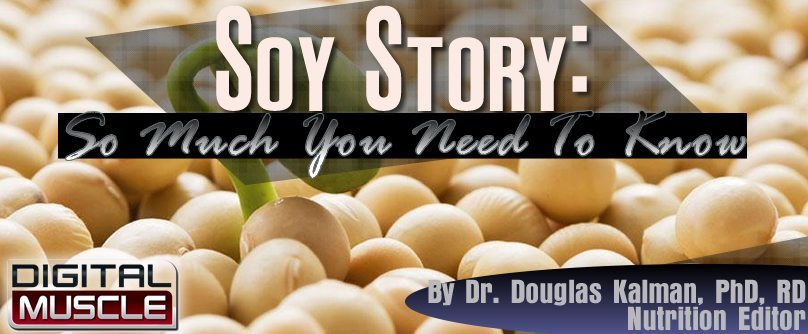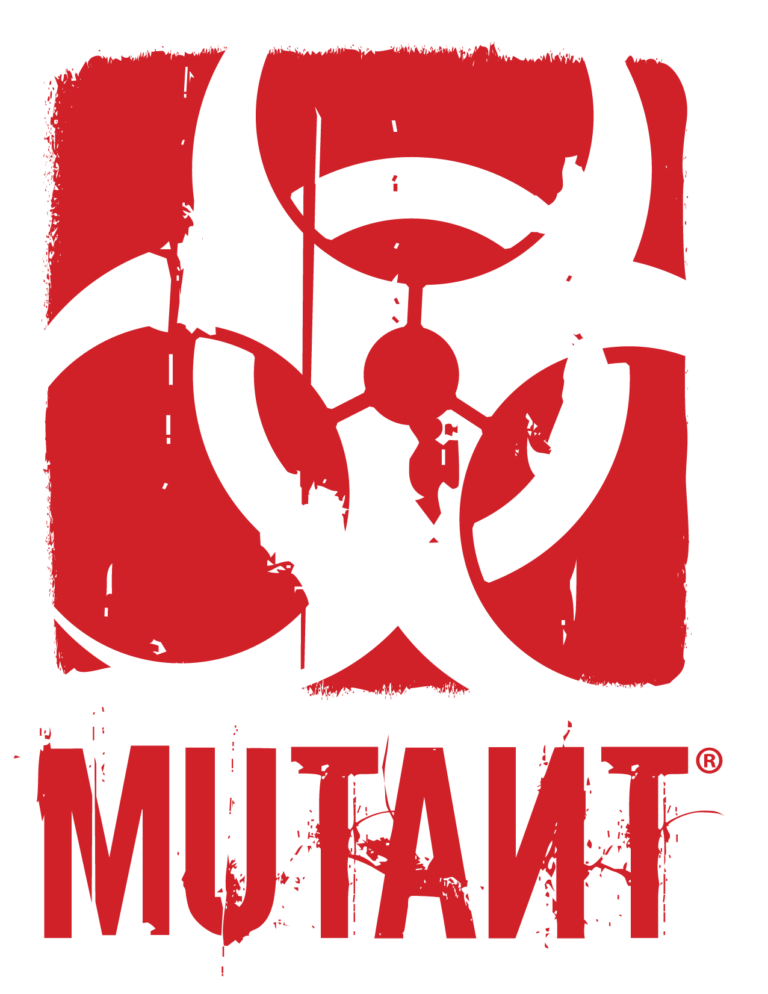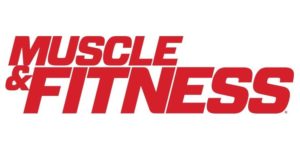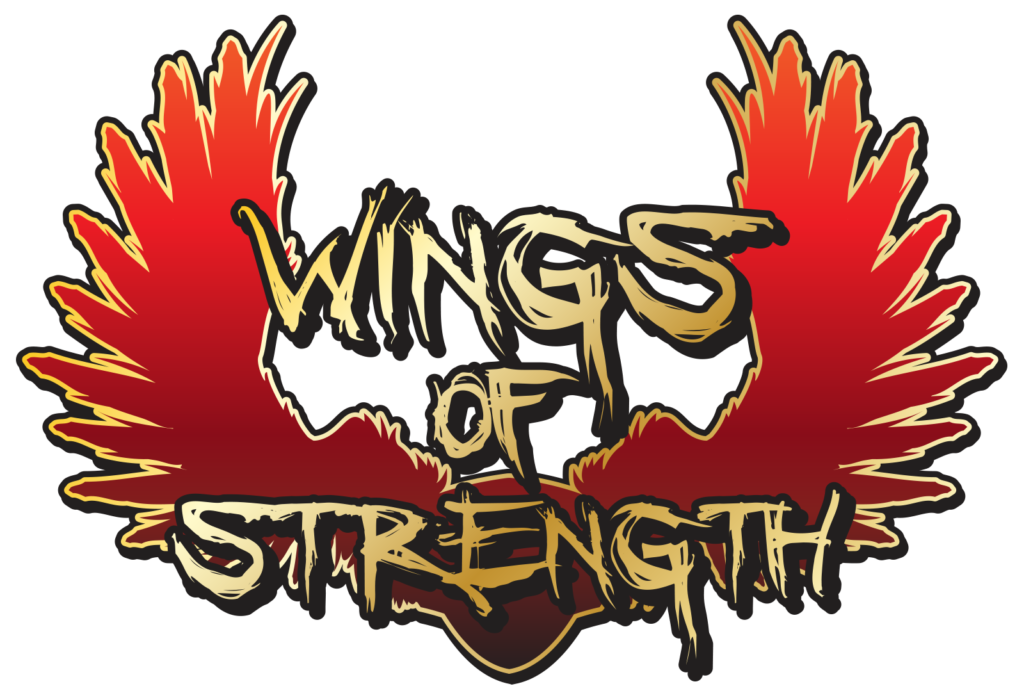By Douglas Kalman PhD, RD, FACN
Nutrition Editor
“Soy”, just saying that word, the shortened descriptor for a healthy legume in some circles, can get you in trouble. Can you imagine that? For the past twenty or so years, soy has been thought predominately as a “female” protein. A protein source that was to solely be used by women or vegetarians is quite possibly the most overlooked and yet progressive utility protein in our possession today. Now, this information is not just hype, it has grounding in truth. Did you know that soy could fit into a low-glycemic diet, a low-energy density diet, a low-carbohydrate diet, high-carbohydrate diet, a vegan diet and even works for meat-lovers? Before we review and touch upon the real and potential benefits of including soy in your diet, let’s first establish just what the soybean is.
Soy, the legume
The soybean is also known as “Glycine max”. It is a pea and peas are in the legume family. Soybeans first took root as early as the 11th century BC in northern China, where they were among the first crops grown by man. The ancient Chinese honored soybeans as one of the five sacred grains essential to the existence of Chinese civilization, and considered the soybean both a food and a medicine. Over the next several centuries, the Chinese domesticated the wild soybean plant. Soon, however, the rest of the world would discover the virtues of this versatile plant. By the first century AD, soybeans appear to have spread to central and southern China and Korea. In the 7th century, soybeans made their way to Japan, and then to Indonesia, the Philippines, Vietnam, Thailand, Malaysia, Burma, Nepal and northern India.
Even in its early history, the soybean was highly regarded and the source of a wide variety of foods. The three most important soyfoods in traditional Asian cuisine were miso, tempeh, and tofu. It wasn’t until the 17th century that European visitors to the East became aware of this unfamiliar bean from which Asians made many different foods. Soy first reached Western shores as imported soy sauce, and soybeans were being grown in Europe by the 18th century.
In 1765, the first soybean plant hit North American soil. Initially, American soybeans were used to make soy sauce and soy noodles for export to England. Here is a Jeopardy fact to impress your friends; Benjamin Franklin also had a hand in introducing soybeans to America when he sent seeds from London to a botanist friend in North America in 1770.
Gradually, soybeans spread to farming areas that remain soy-growing states today, and were grown primarily to feed animals. Even though extensive research began to reveal the soybean’s superior nutrition, it didn’t become an important food crop until the 1920’s.
By World War I, soybeans were valued as a source of oil and of inexpensive, high-quality protein. Legumes tend to be higher in protein than other plant foods – in fact, the mature soybean is about 42% protein, 33% carbohydrate, 20% oil, and 5% hull.
The U.S. soybean crop has increased from 9 million bushels in 1929 to 78 million bushels in 1940 to a record 2.8 billion bushels in 1998 (the most recent year for which statistics are available). More than one-third of the U.S. soybean crop is sold to other countries where, like Japan, soy foods are dietary staples.
Soy the anti-cancer food
Soybeans and the foods that are made from the bean (tofu, soymilk, tempeh, soy flour, etc.) are consumed in higher amounts amongst Asian countries when compared to America. The incidence of breast cancer and most cancers in the Asian countries is much lower than North America. Some speculate that this cancer disparity is related to the higher soy intake in Asia, while yet other nutrition and epidemiology experts think that the difference in total fat intake between the two regions of the world is the difference. Without doubt and without the need for anyone to argue, Asian populations do have a lower incidence of cancer and cardiovascular disease. A recently published paper by the American College of Nutrition reports that soy protein isolate intake (SPI) may protect against breast, colon and prostate cancers. It appears that the protective effect is best against breast cancer, but the daily dose of SPI intake needed to accomplish the reduced cancer risk has not yet been well established.
It is important to note that no study has found that soy intake raises the risk for cancer, while some of the studies do not fully support the anti-cancer findings. Nonetheless, it appears that the consistent intake of soy throughout the lifecyle offers protection. The question is if there is an equal protection across the spectrum of various soy foods and supplements. Some would argue that the food form (tofu, for example) is optimal with the soy protein isolate (protein powder) as a close second choice and the pills (of isoflavones; daiziden, genistein, etc.) should be avoided unless your physician tells you to take these. In addition, if you have cancer, a family history of hormone-sensitive cancer adding soy to your diet may not be wise – this is something to discuss with your physician.
Soy, the natural statin?
We, as a country appear to be at increased risk for heart disease. Typically, women are at lower risk than men, however once a woman starts the peri-menopausal period and enters the post-menopausal status, the risk of heart disease evens out between the two genders. One item that both genders could control is the diet. Eat in a cardioprotective way and the risk reduction for disease in general naturally follows. Soy is such a food. In fact, the Food 7 Drug Administration (FDA) has approved a heart health claim for soy. In October, 1999, the Food and Drug Administration (FDA) approved labeling claims for dietary soy protein stating that it may reduce the risk of heart disease. The health claim that can be used on labels of products containing soy protein states: “Diets low in saturated fat and cholesterol that include 25 grams of soy protein a day may reduce the risk of heart disease.” In order to carry the health claim, one serving of a product must contain at least 6.25 grams of soy protein and must also be low in total and saturated fat, cholesterol and sodium.
Diets rich in soy protein have been found to reduce serum levels of total cholesterol, LDL-cholesterol, triglycerides and apolipoprotein B (apo B). Just how soy does this is not well known. However, there are a few possible explanations. Soy protein is much richer in L-arginine than is animal protein, which is richer in L-lysine. Some animal studies indicate that dietary increases in L-arginine are accompanied by decreases in cholesterol levels. Further, some studies have demonstrated that, under certain conditions, e.g., high cholesterol, high intakes of L-arginine could enhance endothelial-dependent vasodilation and nitric oxide or NO production (fancy wording meaning that soy may help your blood vessel linings remain healthier).
The soy isoflavones may also contribute to the lipid-lowering activity of soy protein as well as its antiatherogenic activity. Most soy protein products contain the isoflavones genistin, daidzin and glycitin, which have weak estrogenic effects and also may have antiestrogenic activity (this was loosely mentioned in the section discussing soy and cancer).
Interestingly, a few studies have shown that when the isoflavones are removed from the soy protein, the protein itself has little hypocholesterolemic activity. Soy isoflavones themselves do not have the same hypocholesterolemic activity as the combination of soy protein and soy isoflavones. There are probably synergistic effects of these substances that are not understood at this time. This is another reason not to use the soy pills (isoflavone pills) as a means to lower your risk of heart disease.
There are also other substances associated with soy protein, including saponins, a trypsin inhibitor and bioactive peptides, which may also contribute to the lipid-lowering activity of soy protein. The soy isoflavones are antioxidants, and their antioxidant activity may contribute to the possible anti-atherogenic effect of soy protein.
A recent study found that just 40 grams per day of soy in women helped both control blood lipids while also supporting bone density (another concern for women). The type of soy protein used was SPI (containing 90 mg isoflavones). This protein aided in heart disease risk reduction and in protecting against bone loss. While 40 grams of soy is 15 more than the FDA approved heart health claim (using 25 grams protein), the extra 15 grams of soy appears to have an additive beneficial effect. Protecting the heart, bones (against osteoporosis) and reducing risks of cancer are all good reasons to include soy in your diet.
Soy and weight control
We know that without doubt, when your body is under stress, albeit physical or emotional, the response nine times out of 10 is to burn more calories. This extra burning of calories can occur and does occur when you exercise. If you do exercise for weight control or to build extra muscle, scientists have found that extra protein in your diet above that recommended by most nutritionists helps with gaining muscle tone and in keeping the waistline in check. People with better muscle tone burn more calories over a 24-hour period than those who weigh the same and do not exercise (and have less muscle).
Maastricht University of The Netherlands recently reported that the addition of protein to the diet limits weight regain after weight loss. Rebound weight regain sometimes happens when a persons losses weight, obtains their goal weight and does not maintain the altered lifestyle that helped them to achieve their goal to start with. The Maastricht University study found that by just adding 30 grams of protein to the diet (replacing some carbohydrate, for example) after the weight loss goal was obtained, the ability to maintain the loss and to limit the regain was also achieved.
Higher protein intakes that include soy are known to increase satiety. When a person feels sated, they typically eat less (since they are less hungry). Some studies have also reported, that at least in the short-term, high protein meals have a metabolic effect of increasing energy output. This means that they enhance your body’s ability to burn extra calories after you eat – which by default means that you will not be storing the food as weight or body fat.
To support the European study, scientists at the famous Mayo Clinic (www.mayo.edu) have reported that those women who ate the greatest amount of vegetable sourced protein (of which, soy is a vegetable protein) in place of either carbohydrate or animal protein have a 30% reduced chance of dying from heart disease. In addition, the higher protein intake can assist in weight control as evidenced by the bountiful positive studies on low-carb, higher protein styled diets (published in prestigious journals like the New England Journal of Medicine, JAMA and others).
Soy, your muscle supporting protein source
Again, if you want to build better muscle tone, your diet has to be right. Eating a fast food lifestyle, coupled with haphazard sleeping patterns and forgetting to meal/nutrient time will not lead you to the body that you strive so hard for. Just the fact that you read this website, means that you care and are interested in getting more out of your life. Soy protein, especially SPI has proven exercise related benefits (antioxidant, muscle mass accretion, reduced muscle damage). The better studies have found that when someone who works out drinks a protein serving size of about 20 to 40 grams of protein either alone or with some carbohydrate, end up synthesizing muscle to a greater degree than those who have only carbohydrates in the pre or post-exercise meals. We also know that Ohio State University researchers have found that if you ingest SPI and exercise, you get less muscle damage and have better blood antioxidant status (better athletic recovery). These are all good reasons for you to have soy in your life on a daily basis.
That’s a soy-laden wrap!
Soy protein, as a food or a dietary supplement (powder form) is something that we all could be including in our daily diet. The benefits for women appear to be even greater than that for men (as long as you have no strong family history of estrogen receptor positive breast cancer). The reduction in cancer risk, heart disease risk, enhanced bone density (thus reduced osteoporosis risk), positive benefit on muscle tone and the ability to assist in any diet for weight control makes this protein one for the ages.
For more Nutrition insight and research, visit Dr. Kalman’s page RIGHT HERE at Digital Muscle!
References:
- Badger TM, et al. Soy protein isolate and protection against cancer. J Amer Col Nutr 2005;24(2):146s-149s.
- Low-carb Diets: Pick the right protein source. Tufts University: Health & Nutrition Letter. May 2005;23(3):1-2.
- www.solae.com Accessed May 16, 2005.
- Kelemen LE, et al. Associations of dietary protein with disease and mortality in a prospective study of postmenopausal women. Am J Epidemiol 2005;161:239-249.
- Davis RJ. Soy products and breast cancer. Wall Street Journal. May 10, 2005.
- Engelman HM et al. Blood lipid and oxidative stress responses to soy protein with isoflavones and phytic acid in postmenopausal women. Am J Clin Nutr 2005;81:590-596.
- Arici A, Bukulmez O. Phyto-estrogens and the endometrium. The Lancet 2004;364:2081-2082.
- Anderson JW, Johnstone BM, Cook-Newell ME. Meta-analysis of the effects of soy protein intake on serum lipids. N Engl J Med 1995;333:276-282.
- Crouse JR III, Morgan TM, Terry JG, et al. A randomized trial comparing the effect of casein with that of soy protein containing varying amounts of isoflavones on plasma concentrations of lipids and lipoproteins. Arch Intern Med 1999;159:2070-2076.
- Jenkins DJA, Kendall CWC, Garsetti M, et al. Effect of soy protein foods on low-density lipoprotein oxidation and ex vivo sex hormone receptor activity – a controlled crossover trail. Metabolism 2000;49(4):537-543.
- Jenkins DJA, Kendall CWC, Vidgen E, et al. The effect of serum lipids and oxidized low-density lipoprotein of supplementing self-selected low-fat diets with soluble-fiber, soy, and vegetable protein foods. Metabolism 2000;49(1):67-72.
- lbertazzi P, Pansini F, Bonaccorsi G, et al. The effect of dietary soy supplementation on hot flashes. Obstet Gynecol 1998;91:6-11.
- Washburn S, Burke GL, Morgan T, Anthony M. Effect of soy protein supplementation on serum lipoproteins, blood pressure, and menopausal symptoms in perimenopausal women. Menopause 1999;6:7-13.
- Alekel, D.L.,A.S. Germain, et al. Isoflavone-rich soy protein isolate attentuates bone loss in the lumbar spine of perimenopausal women. Am J Clin Nutr 2000;72(3):844-52.
- Dragan, I., Georgescu, E., Iosub, T., Baloescu, R. (1993) Studies regarding some beneficial effects of SUPRO® isolated soy protein supply in top swimmers. (Kyoto, Japan: Xth FINA World Sport Medicine Congress). p.35.
- Dragan, I., Stroescu, V., Stoian, I., Georgescu, E., & Baloescu, R. (1992) Studies regarding the efficiency of SUPRO® isolated soy protein in Olympic athletes. Rev Roum Physiol 29: 63-70.
- Husaini, M. A., Moeloek, D., Salimar, Utami, S., Tilarso, H. (1999) The effects of SUPRO® dietary supplementation on anthropometry and VO2 Max (Seoul, Korea: 8th Asian Nutrition Congress).
- Rossi, A. L., Blostein-Fujii, A., & DiSilvestro, R. A. (2000) Soy beverage consumption by young men: increased plasma total antioxidant status and decreased acute, exercise-induced muscle damage. Journal of Nutraceuticals, Functional & Medical Foods 3: 33-44.
- Shilstone, M. (1997) Observing the effects of a performance nutrition and conditioning program on professional athletes A clinical study. Journal of the American Medical Athletic Association 11: 6-9.
- Stroescu, V., Dragan, I. (1994) Studies on biological preparation of endurance in top athletes consuming SUPRO PLUS® 675 supplement (Athens, Greece: XXVth FIMS World Congress of Sports Medicine). abst. 313.
- Stroescu, V., Dragan, I., Simionescu, L., Stroescu, O. V. (1996) Metabolic and hormonal responses in elite female gymnasts undergoing strenuous training and supplementation with SUPRO® brand isolated soy protein (Brussels, Belgium: Second International Symposium on the Role of Soy In Preventing and Treating Chronic Disease). p.38.
- Stroescu, V., Dragan, I., Simionescu, L., Stroescu, O. V. (2001) Hormonal and metabolic response in elite female gymnasts undergoing strenuous training and supplementation with SUPRO® brand isolated soy protein. J Sports Med Phys Fitness 41: 89-94.
- Hartmann JW, Bruinsma D, Fullerton A, Perco JG, et al. (2004). The Effect of Differing Post Exercise Macronutrient Consumption on Resistance Training-Induced Adaptations in Novices Department of Kinesiology, McMaster University, Hamilton, ON, Canada. Presented at the 2004 ACSM Annual Meeting.
- Messina M. Modern applications for an ancient bean: soybeans and the prevention and treatment of chronic disease. J Nutr 1995; 125:567S-569S.
- Rossi A,Disilvestro R.A., Blostein-Fugii A. Effects of soy consumption on exercise-induced acute muscle damage and oxidative stress in young adult males. FASEB J 1998:12(5); A653
- Rubin S, Kalman DS, Martinez M, Krieger DR. Nutrition, Miami Research Associates.(2005). A Randomized Double-Blind Clinical Pilot Trial Evaluating the Effect of Protein Source when Combined with Resistance Training on Body Composition and Sex Hormones in Adult Males. Presented at the Experimental Biology Conference; FASEB J 2005, April 5.
- Lejeune MP, et al. Additional protein intake limits weight regain after weight loss in humans. Brit J Nutr 2005;93:281-289.
- Kalman DS, Feldman S, Martinez T, Krieger DR. Effect of protein source and resistance training on body composition and sex hormones. J Int Soc Sports Nutr. 2007; 4: 4. Link: http://www.ncbi.nlm.nih.gov/pmc/articles/PMC1997115/
Dr. Kalman has been involved in over 100 clinical trials within the pharmaceutical, medical and nutrition fields, having published over 50 abstracts & more than 25 peer-reviewed manuscripts. Dr. Kalman earned a Doctorate in exercise and nutritional biochemistry and is an active member or spokesperson with many organizations (ISSN, NSCA, APS, ACSM, etc.) and a co-founder of The International Society of Sports Nutrition.





